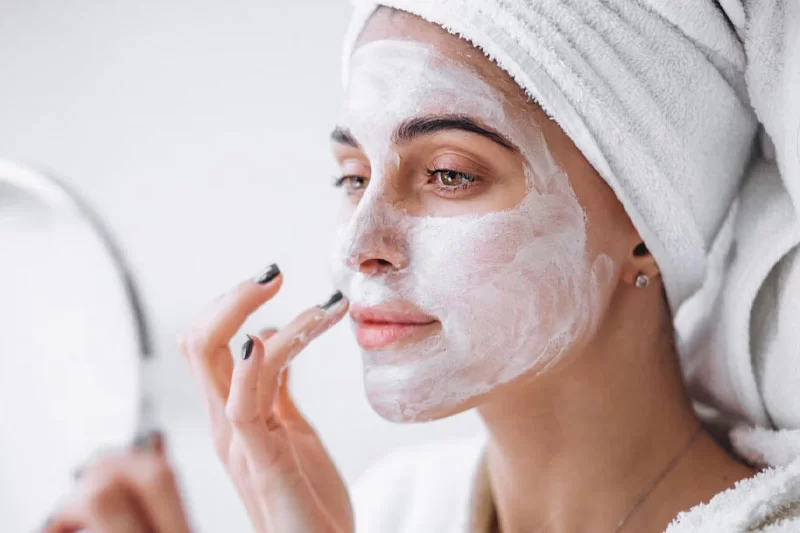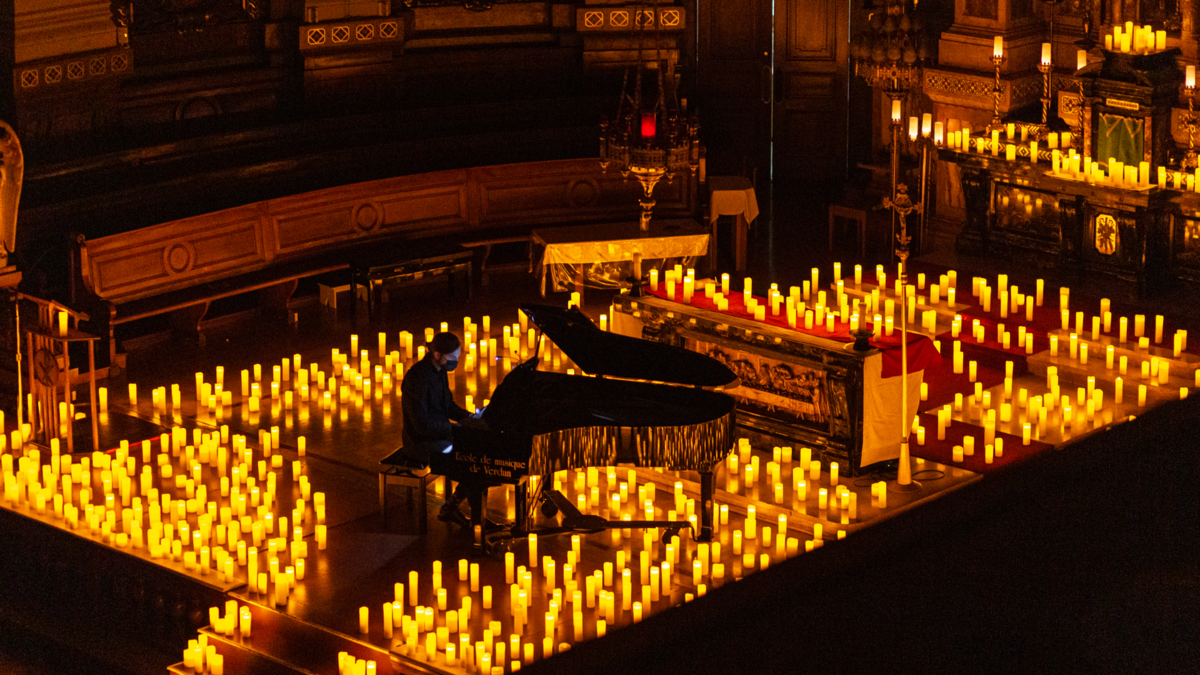
Hollywood Actresses’ Skincare: The Secret to Their Radiance
Hollywood actresses are known not only for their talent and charisma but also for their flawless and radiant skin. Achieving and maintaining, like dermopigmentazione Roma, such luminous skin is undoubtedly a result of a combination of factors, including genetics, healthy lifestyle choices, and effective skincare routines. In this article, we’ll delve into the skincare secrets of some of Hollywood’s leading ladies.
1. Adequate Hydration: One of the most fundamental aspects of skincare is staying hydrated. Actresses like Jennifer Aniston emphasize the importance of drinking plenty of water throughout the day to keep their skin plump and radiant.
2. Cleansing and Makeup Removal: Removing makeup and thoroughly cleansing the skin is a crucial step in any skincare routine. Many Hollywood actresses use gentle yet effective cleansers to rid their skin of impurities and makeup residues. Some opt for double-cleansing to ensure a clean canvas.
3. Sun Protection: Protecting the skin from harmful UV rays is a top priority for Hollywood actresses. They often rely on high-quality sunscreen with broad-spectrum protection and use it daily, rain or shine. This helps prevent premature aging and maintains an even skin tone.
4. Regular Exfoliation: Exfoliation is key to achieving a fresh and youthful complexion. Actresses often incorporate exfoliants, such as alpha hydroxy acids (AHAs) or beta hydroxy acids (BHAs), into their skincare routines to remove dead skin cells and encourage cell turnover.
5. Anti-Aging Serums: Many Hollywood stars incorporate serums containing potent ingredients like vitamin C, retinol, and hyaluronic acid into their routines. These serums can target concerns such as fine lines, wrinkles, and uneven skin tone.
6. Professional Facials: Some actresses opt for regular facials from trusted dermatologists or estheticians to address specific skincare concerns. These treatments can include chemical peels, microdermabrasion, or laser therapy.
7. Adequate Sleep: Restorative sleep is essential for skin health. Adequate sleep allows the skin to repair and regenerate, contributing to a youthful appearance.
8. Balanced Diet: Nutrition plays a crucial role in skin health. Actresses often follow balanced diets rich in antioxidants, vitamins, and omega-3 fatty acids. These nutrients help nourish the skin from within.
9. Stress Management: Stress can take a toll on the skin, leading to breakouts and premature aging. Actresses often practice stress-reduction techniques like meditation, yoga, or mindfulness to maintain a healthy complexion.
10. Customized Skincare: What works for one person may not work for another. Hollywood actresses often work closely with skincare professionals to develop personalized routines that address their unique skin concerns.
In conclusion, the radiant skin of Hollywood actresses is the result of a comprehensive approach to skincare that includes hydration, sun protection, regular cleansing, and the use of effective products. While genetics can play a role, the dedication to a healthy lifestyle and a consistent skincare routine are essential for maintaining that red-carpet glow. Regardless of age or skin type, adopting some of these skincare practices can help anyone achieve healthier, more radiant skin.
Hollywood actresses are known not only for their talent and charisma but also for their flawless and radiant skin. Achieving and maintaining, like dermopigmentazione Roma, such luminous skin is undoubtedly a result of a combination of factors, including genetics, healthy lifestyle choices, and effective skincare routines. In this article, we’ll delve into the skincare secrets of some of Hollywood’s leading ladies.
1. Adequate Hydration: One of the most fundamental aspects of skincare is staying hydrated. Actresses like Jennifer Aniston emphasize the importance of drinking plenty of water throughout the day to keep their skin plump and radiant.
2. Cleansing and Makeup Removal: Removing makeup and thoroughly cleansing the skin is a crucial step in any skincare routine. Many Hollywood actresses use gentle yet effective cleansers to rid their skin of impurities and makeup residues. Some opt for double-cleansing to ensure a clean canvas.
3. Sun Protection: Protecting the skin from harmful UV rays is a top priority for Hollywood actresses. They often rely on high-quality sunscreen with broad-spectrum protection and use it daily, rain or shine. This helps prevent premature aging and maintains an even skin tone.
4. Regular Exfoliation: Exfoliation is key to achieving a fresh and youthful complexion. Actresses often incorporate exfoliants, such as alpha hydroxy acids (AHAs) or beta hydroxy acids (BHAs), into their skincare routines to remove dead skin cells and encourage cell turnover.
5. Anti-Aging Serums: Many Hollywood stars incorporate serums containing potent ingredients like vitamin C, retinol, and hyaluronic acid into their routines. These serums can target concerns such as fine lines, wrinkles, and uneven skin tone.
6. Professional Facials: Some actresses opt for regular facials from trusted dermatologists or estheticians to address specific skincare concerns. These treatments can include chemical peels, microdermabrasion, or laser therapy.
7. Adequate Sleep: Restorative sleep is essential for skin health. Adequate sleep allows the skin to repair and regenerate, contributing to a youthful appearance.
8. Balanced Diet: Nutrition plays a crucial role in skin health. Actresses often follow balanced diets rich in antioxidants, vitamins, and omega-3 fatty acids. These nutrients help nourish the skin from within.
9. Stress Management: Stress can take a toll on the skin, leading to breakouts and premature aging. Actresses often practice stress-reduction techniques like meditation, yoga, or mindfulness to maintain a healthy complexion.
10. Customized Skincare: What works for one person may not work for another. Hollywood actresses often work closely with skincare professionals to develop personalized routines that address their unique skin concerns.
In conclusion, the radiant skin of Hollywood actresses is the result of a comprehensive approach to skincare that includes hydration, sun protection, regular cleansing, and the use of effective products. While genetics can play a role, the dedication to a healthy lifestyle and a consistent skincare routine are essential for maintaining that red-carpet glow. Regardless of age or skin type, adopting some of these skincare practices can help anyone achieve healthier, more radiant skin.

